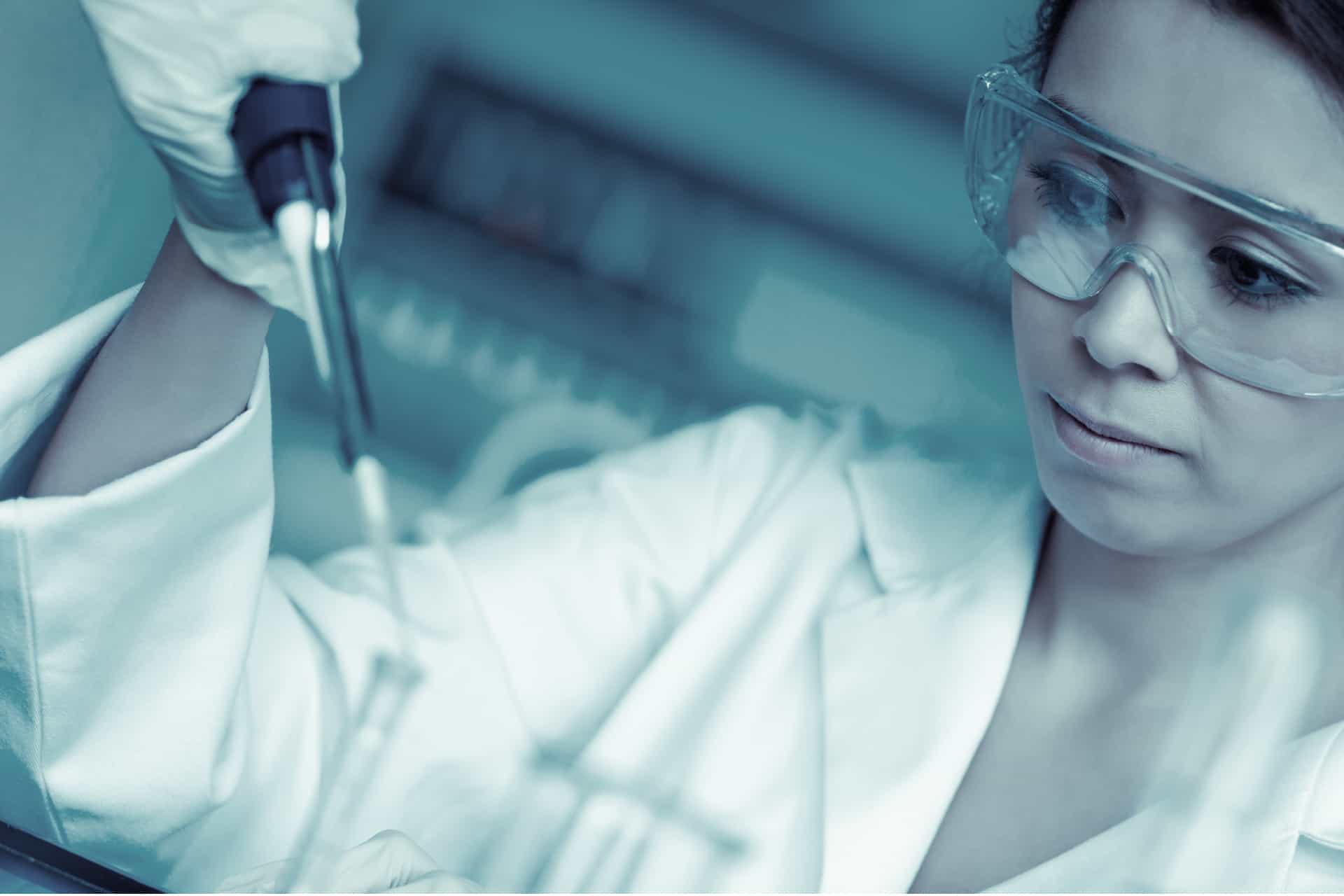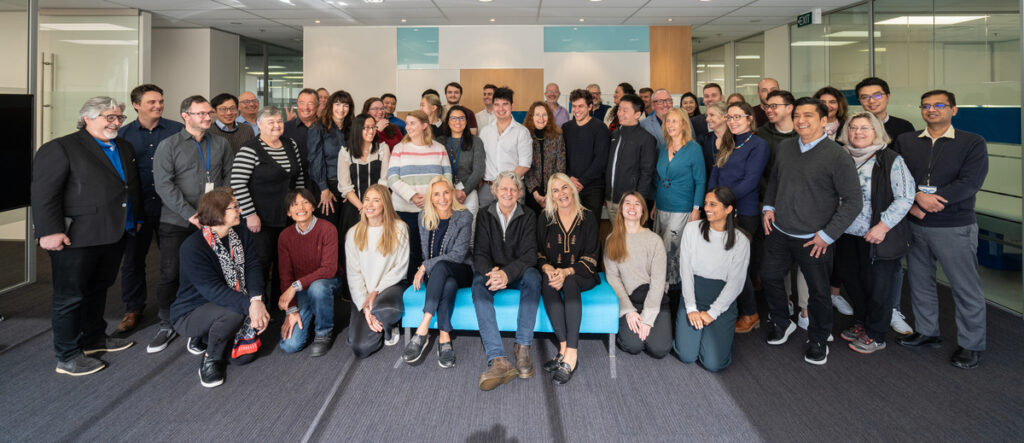| Group Operating Results NZ$’000 |
Six Month Period Ended September 30 |
Change ($) |
Change (%) |
|
| FY2021 | FY2020 | |||
| Revenue | 48,821 | 46,946 | + 1,875 | + 4 |
| Cost of Sales | (28,489) | (25,598) | + 2,891 | + 11 |
| Gross Profit | 20,332 | 21,348 | – 1,016 | – 5 |
| Other Income | 230 | 336 | – 106 | – 32 |
| Selling and distribution expenses | (12,387) | (12,938) | – 551 | – 4 |
| General and administrative expenses | (3,895) | (4,536) | – 641 | – 14 |
| Research and development expenses | (1,858) | (223) | + 1,635 | + 733 |
| Equity Accounted Loss of joint venture entity | – | (80) | – 80 | – 100 |
| Gain on disposal of joint venture interest | – | 9,784 | – 9,784 | – 100 |
| Operating Profit / (Loss) | 2,422 | 13,691 | -11,269 | – 82 |
Revenue
Australian Revenue grew by 11% to $28.6 million from $25.7million in the same period a year ago and represented 58% of Group Operating Revenue. Operating profits rose to $3.2 million from $1.9 million in the same period a year ago.
The OTC channel has been hindered by the Covid-19 restrictions but has grown at 9% and is generating 60% of total Australian revenue. We have introduced hand sanitizer and face masks to assist with the Covid-19 response and these have made a valuable contribution to sales.
Maxigesic sales were impacted by Covid-19 restrictions and have not grown over the period. However, the brand maintains its leadership of the paracetamol-ibuprofen combination section of the pain management market.
Our eyecare range continued to deliver good growth, benefiting from the recently introduced products including Novatears and its line extension Novatears Omega3 and Optisoothe.
We retain the number one position in the lubricating eyecare category in Australia.
The Hospital channel grew 13% to generate total sales of $8.6 million. It benefited from anti-biotic sales in response to Covid-19. The Prescription channel grew at 17% with the launch of new products, whilst some products, such as penicillin, were significantly down due to the decline in GP visits during Covid-19 restrictions.
New Zealand Revenue of $13.7 million was flat on the same period a year ago and represented 28% of Group Operating Revenue. Operating profit, excluding head office costs, of $1.6 million was also level with the same period a year ago.
This is a good result given the significant impact of the Covid-19 restrictions. The end of the prior year saw strong sales of a range of Covid-19 related products, in particular Vitamin C and antibiotics, and this together with the subsequent Covid-19 restrictions has impacted sales in this first half.
The OTC channel grew at 3% to $7.6 million from $7.4 million at the same time a year ago. The standout categories were allergy medicines and face masks which were introduced to assist with the Covid-19 response.
The Hospital channel grew at 11% to $2.2 million from $1.9 million at the same time a year ago with strong sales of antibiotics. The Prescription channel declined 9% to $4.0 million from $4.4 million at the same time a year ago. The fall was due to the restrictions on GP visits through the Covid-19 lock downs and government restrictions preventing pharmacists from dispensing more than 30 days of medicine through this period. These restrictions were eased to the standard 90 days in August, which will see a shift back to more usual sales levels.
Asia Revenue declined 7% to $2.2 million from $2.4 million in the same period last year and generated 5% of Group Operating Revenue. However, operating profits rose strongly to $0.7 million from $0.1 million in the same period last year. The launches and transition to better margin Hospital and prescription products have significantly improved the profitability of this market.
The OTC channel benefitted from pandemic stockpiling of Maxigesic in Singapore. The Hospital and prescription channels declined with the transition to better margin products which resulted in the significant improvements in profitability.
We have launched a T-Mall flagship store to drive ecommerce sales into the Chinese market and additionally brand recognition. Initial sales have been positive, but it is a long-term project albeit with significant potential.
With sales commencing from China and in the near future, South Korea, we have amended this segment to be named as Asia, as opposed to Southeast Asia, to reflect the expanded geography.
Rest of World Revenue declined 16% to $4.4 million from $5.2 million in the same period a year ago and represented 9% of Group Operating Revenue. The overall decline was due to limited license income in this time period. However, revenues from product sales grew by 57% to $3.9 million.
Maxigesic product sales and royalty income from existing markets, launch orders shipped to the new markets of Mexico, Germany, Belgium and Luxembourg generated a large proportion of the revenue.
Sales have been restricted by ongoing impacts of Covid-19 in India where manufacturing of Maxigesic tablets is currently undertaken. Diversification of the manufacturing base is well underway and is expected to mitigate these disruptions by the end of this financial year.
Operating profit at break-even is behind the normalised $3.4 million result in the same period last year, again reflecting lower license income. The prior period also benefitted from one-off $1.7 million contributions from joint venture partners resulting from successful development results.
The prior year’s first half operating profit of $13.1 million also included the non-recurring gain on acquisition of the joint venture Dermatology Specialty Limited Partnership (DSLP) of $9.8 million.
Gross Profit declined 5% to $20.3 million due to the lower license income, with the underlying gross profit from product sales growing by 6% to $20 million driven by revenue growth in Australia and the Rest of World. The gross profit margin on product sales fell 1 percentage point to 41% due to the weaker New Zealand dollar at the start of the year and additional freight costs incurred to get product to Australia and New Zealand through the Covid19 transport shortages in order to ensure continuity of supply
Other Income of $0.2 million was in line with the $0.3 million in the prior year. It includes a Callaghan Innovation growth grant that we receive on eligible research and development expenditure and NZTE International Growth Fund grants that we receive on eligible market development expenditure in Asia.
Selling and Distribution expenses fell 4% to $12.4 million from $12.9 million in the same period last year. We were able to tailor our spend in Australia and New Zealand to suit the Covid-19 restrictions. We continue to benefit from efficiencies in Australia, New Zealand and Asia and revenue growth in the Rest of World where licensees carry these costs.
Selling and distribution expenses now represent 25% of revenue, down from 27% in the same period a year ago. Whilst we will be investing to launch and promote new products in our home markets, over the longer term we expect these expenses as a proportion of total revenue to continue to reduce as revenue from the Rest of World grows.
General and Administration expenses fell 14% to $3.9 million from $4.5 million in the same period a year ago due to reduced legal fees in Australia. These fees relate to a competitor legal action that challenged certain Maxigesic claims. The marketing claims currently in use have maintained our market share lead in the category and AFT remains confident of its legal position.
Research and development expenses increased to $1.8 million. The net $0.2 million for the same period a year ago included the one-off $1.7 million contributions from joint venture partners following successful development results. So actual spend has remained consistent.
AFT is continuing to carefully run its Research and Development budgets and to investigate other sources of funding such as international research grants, including grants from the USA.
These efforts to date have been bolstered by agreements for Pascomer that recover Research and Development costs from our partners, effectively minimising risk, and lowering AFT’s spending.
However, despite the reduced expenditure we have not cut back on development work. It continues and the biggest challenge at present remains navigating the impact of Covid-19 on studies.
Cash Flow and Balance Sheet
Total Assets of $94.0 million rose from $87.1 million as at 31 March 2020 (referred to as PCP for this section) with the increase in working capital and intangible assets driving the rise.
Working Capital increased to $32.9 million (PCP $26.2 million) with inventory increasing to $36.0 million (PCP $22.7 million). We have been building our inventory up to protect our stock levels during the supply and freight difficulties and delays caused by Covid- 19.
Receivables have reduced to $16.6 million (PCP $26.0 million) with the year-end having been particularly high due to the large pre-lockdown sales made at the back end of last year. Payables and provisions reduced to $19.7 million (PCP $22.5 million).
Cash holdings of $5.9 million remained at about the same level as year-end (PCP $6.1 million). The $12 million we raised with the issue of new equity has been used to reduce debt by $3.0 million.
A $2.7 million net cash outflow from operating activities was due primarily to the stock build, the $3.9 million net cash outflow from investing activities and the $2.4 million outflow of other financing activities.
We had initially anticipated using the equity raise to more actively reduce our debt level, however as the ongoing nature of Covid-19 restrictions became more apparent we have taken the more prudent approach of building inventory levels. Due to the seasonal nature of our home markets we would more typically expect to hold between $2 million to $4 million more inventory in September over March.
Finally, our new BNZ three-year facility provides us with greater flexibility than the previous six-year term loan and at greatly reduced interest costs.





